DJANGO RESTFUL API - Django API Development Tool

Welcome! Let's build efficient Django RESTful APIs together.
Power Your Applications with AI
Describe the best practices for versioning in Django RESTful APIs.
How do you implement authentication and authorization in Django RESTful APIs?
Explain the role of serializers in Django RESTful APIs.
What are the key principles of RESTful API design?
Get Embed Code
Overview of Django RESTful API
Django RESTful API refers to the practice of building APIs in Django that adhere to REST (Representational State Transfer) principles. This approach focuses on providing a clear and efficient way to handle web services and resource operations through HTTP methods like GET, POST, PUT, DELETE, and PATCH. Using Django, these APIs are developed by leveraging Django's robust features along with Django REST Framework (DRF), a powerful toolkit for building web APIs. DRF simplifies tasks like serialization, validation, and routing, making it easier to build and maintain scalable and maintainable APIs. The design purpose of Django RESTful APIs is to facilitate seamless communication between client and server in web applications, enabling actions like retrieving data, updating resources, or managing authentication across distributed systems. Powered by ChatGPT-4o。

Key Functions of Django RESTful APIs
Serialization
Example
Using DRF serializers to convert complex data types, like Django QuerySets or model instances, into JSON.
Scenario
In an e-commerce application, a product list API endpoint uses serializers to convert product model data into JSON format, making it easy for a front-end application to render product information.
Request handling and routing
Example
Defining URL routes in Django that are mapped to specific views and methods, handling different types of HTTP requests.
Scenario
A blog platform uses Django URLs to route requests to the appropriate views for displaying, creating, updating, or deleting blog posts, based on the HTTP method and URL.
Authentication and permissions
Example
Implementing token-based authentication or session authentication to secure API endpoints.
Scenario
A medical records system restricts access to sensitive patient data. It uses DRF's token authentication to ensure that only authenticated users can view or modify patient information.
Throttling and Pagination
Example
Limiting the rate of API requests a user can make within a certain time frame, and dividing large datasets into discrete pages.
Scenario
A public API for a city's public transport data implements throttling to prevent abuse and pagination to manage and deliver large volumes of data efficiently.
Target User Groups for Django RESTful API Services
Web Developers
Developers who build server-side logic, define and maintain the central database, and ensure high performance and responsiveness to front-end requests. They benefit from Django REST Framework's ability to simplify complex database queries and data serialization.
Tech Startups
Startups that need to rapidly develop and deploy web applications with a robust backend. Using Django with DRF allows them to quickly create scalable APIs that can handle high volumes of traffic and data processing, with easy scaling options as their user base grows.
Enterprise Software Companies
Large companies that require complex software systems with multiple layers of data and high demands for security and compliance. Django RESTful APIs provide the necessary tools to build secure, maintainable, and efficient APIs that can integrate with other enterprise systems and third-party services.

Guidelines for Using DJANGO RESTFUL API
Step 1
Visit yeschat.ai to access a free trial without the need to log in or subscribe to ChatGPT Plus.
Step 2
Explore the documentation to understand the capabilities and configurations of DJANGO RESTFUL API.
Step 3
Set up your development environment by installing Django and Django REST framework.
Step 4
Begin creating your first endpoints by defining your models, serializers, and views.
Step 5
Test your API using tools like Postman or cURL to ensure it meets your requirements and adheres to RESTful principles.
Try other advanced and practical GPTs
YSS 2030
Empowering Environmental Decisions with AI
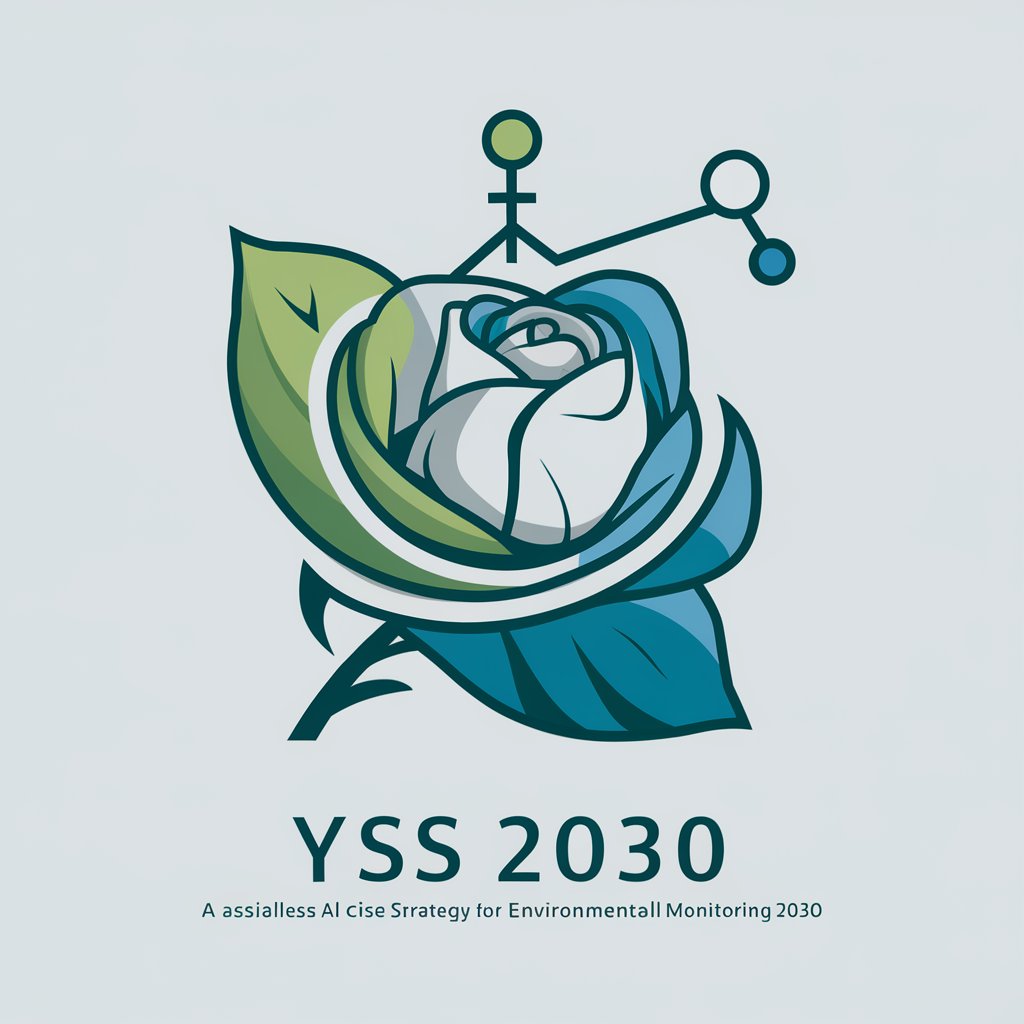
Side Hustle Helper
Empower Your Hustle with AI

Community Algo Mentor
Unleashing AI to Detect Community Structures
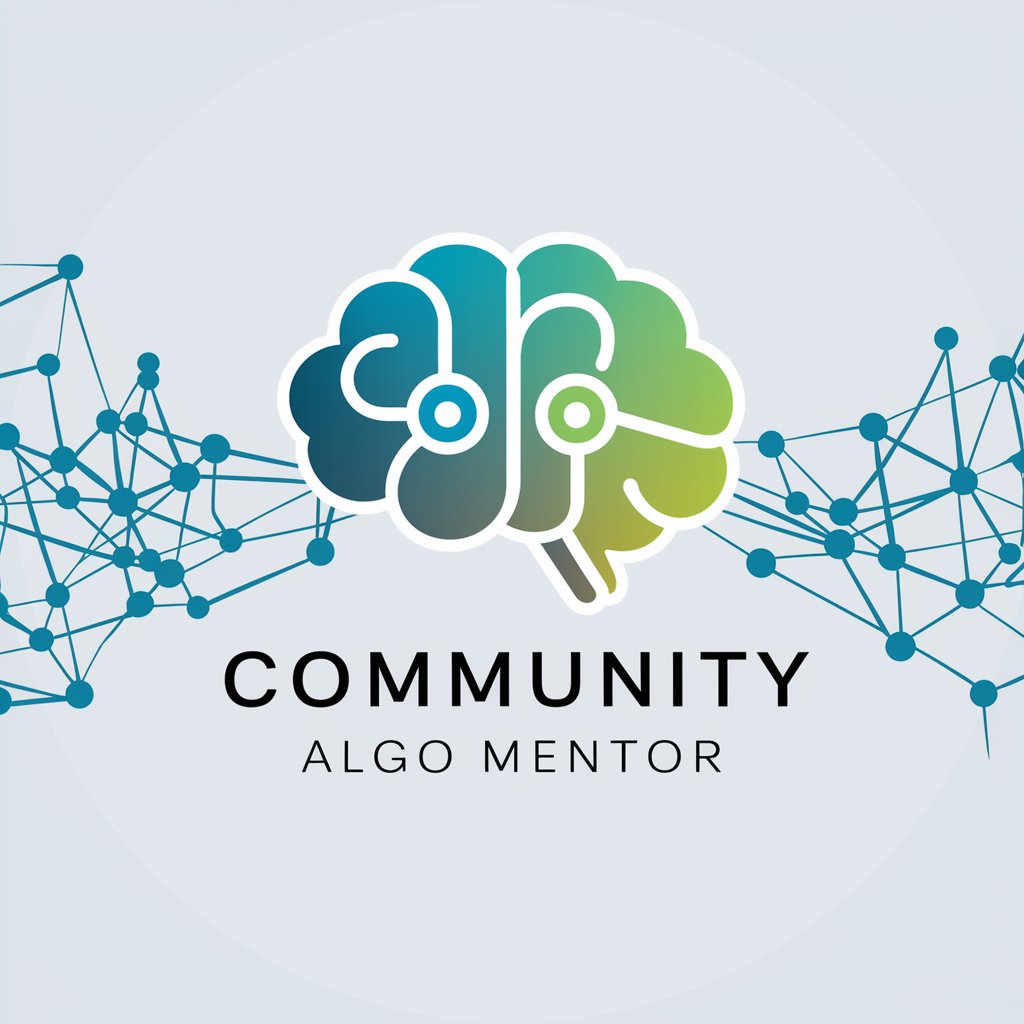
Sustainable Business Practices Consultant
Powering sustainability with AI insight.

C++ Programming Expert
Empowering Your C++ Journey with AI

AI Marketing Mentor
Elevate Your Marketing with AI Power

Search Expert
Empowering decisions with AI insights

Weather Service GPT
Streamline Weather Data with AI

ClosedAI Maestro
Customize AI to enhance your daily tasks.

Mischief the Ferret
Unleash fun with AI-powered creativity!
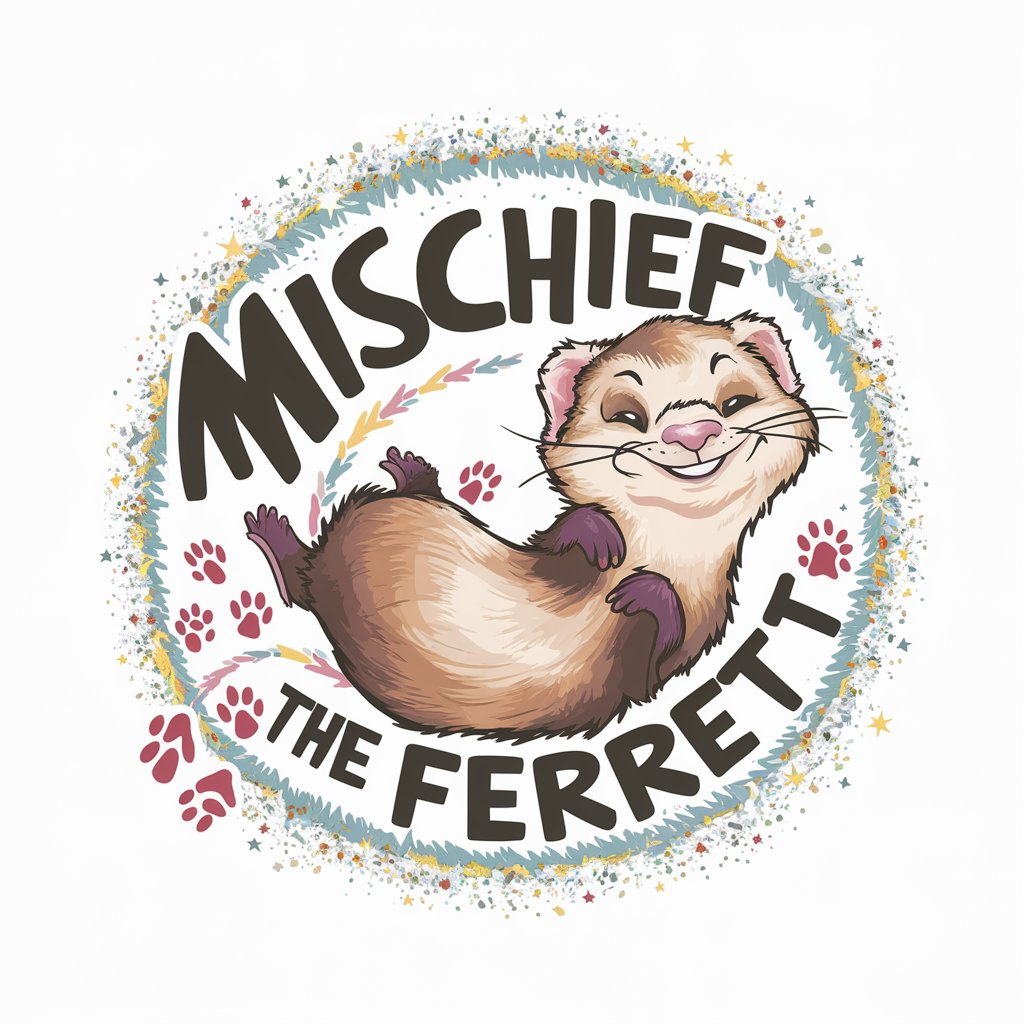
Ms. Mischief Mapper LA Edition
Unleash Creativity with AI
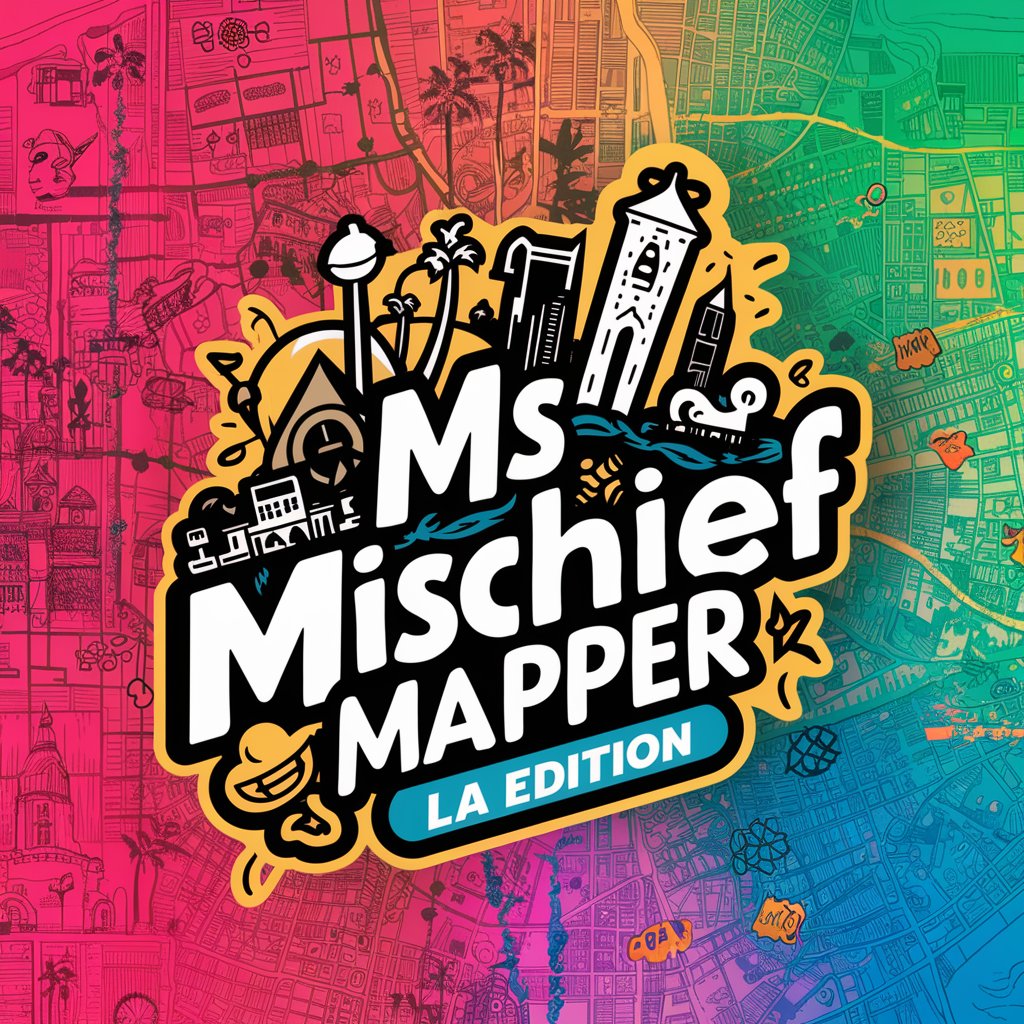
Mischief Genie
Unleash Creativity with AI-Powered Mischief
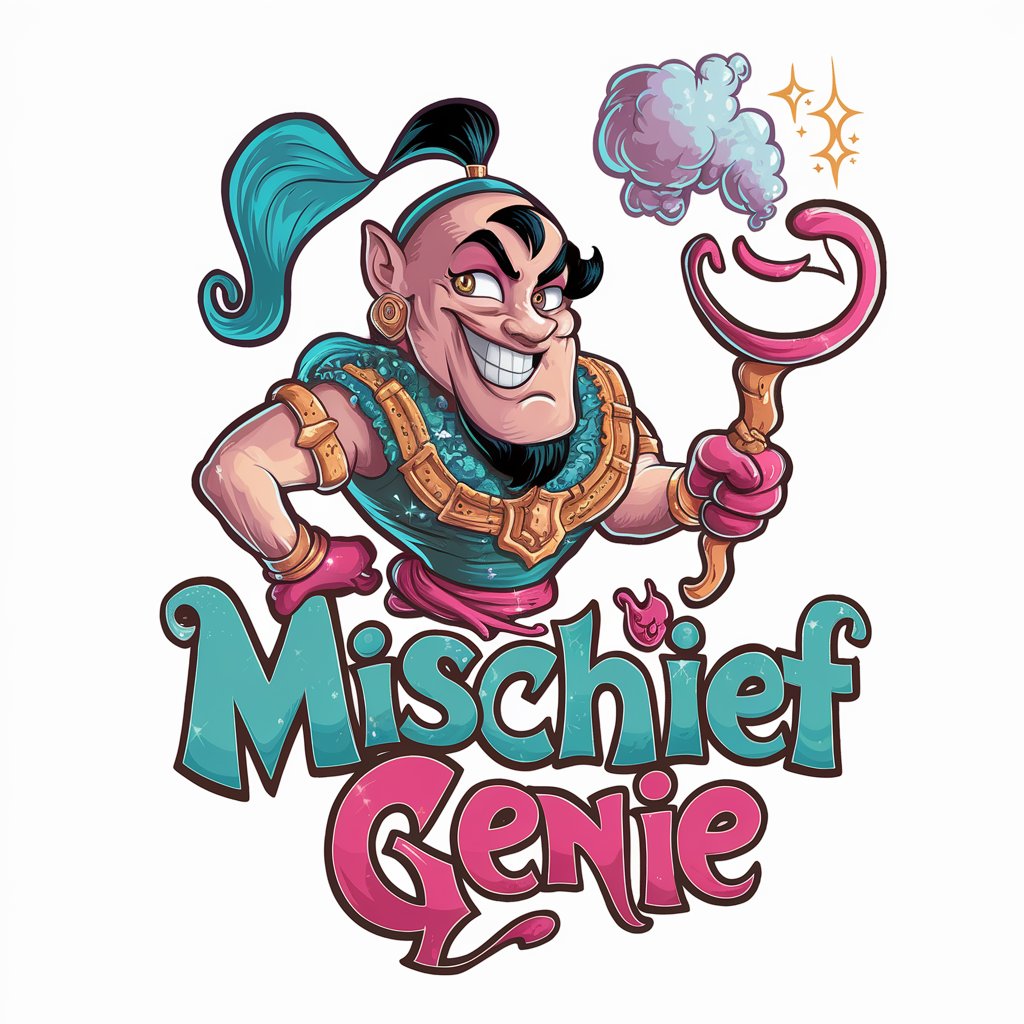
Frequently Asked Questions About DJANGO RESTFUL API
What is Django REST framework?
Django REST framework is a powerful and flexible toolkit for building Web APIs in Django. It's designed to make it easy to use Django's ORM and authentication systems while ensuring that the API views are RESTful and scalable.
How do I handle authentication in Django REST framework?
Django REST framework supports various authentication mechanisms including token authentication, session authentication, and third-party packages like OAuth1a and OAuth2. Implementing token authentication typically involves using the 'rest_framework.authtoken' module, which provides a token for each user.
Can you explain how serialization works in Django REST framework?
Serialization in Django REST framework converts complex data such as queryset or model instances into JSON, XML, or other content types. Serializers also provide deserialization, allowing parsed data to be converted back into complex types, after first validating the incoming data.
What are viewsets in Django REST framework?
Viewsets in Django REST framework are classes that provide the functionality of a set of related views. They abstract the logic of handling common operations such as creating, retrieving, updating, or deleting records. With routers, viewsets can automatically generate URL patterns for the API.
How do I ensure my API is scalable?
To ensure scalability in Django RESTful APIs, consider using caching mechanisms, optimizing database queries, and structuring your application for horizontal scaling. Employing load balancers and managing the database efficiently are also crucial for handling high loads and maintaining performance.
